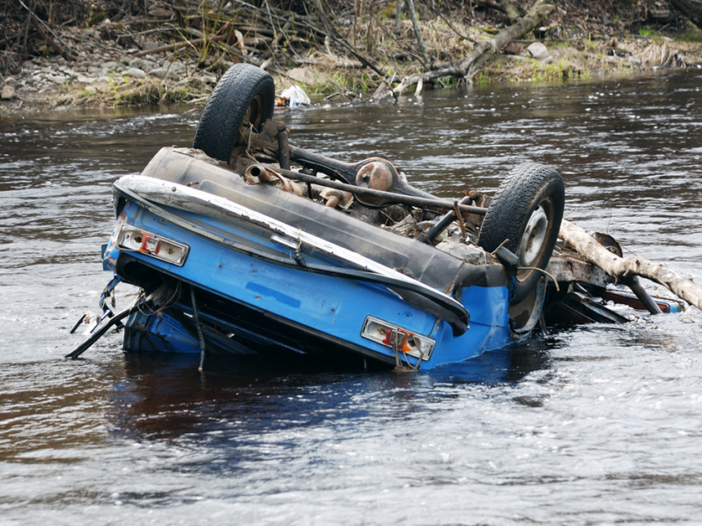
Create emergency plans for your family and tribal entity during National Preparedness Month
September is National Preparedness Month. Sponsored by FEMA (Federal Emergency Management Agency), the purpose of National Preparedness Month is to encourage us to create emergency plans for the future and take preparation steps, ahead of time, within our homes, businesses, schools and communities.
FEMA has a nation-to-nation relationship with tribal governments and works with tribal officials to help communities be prepared before an emergency and recover after disaster strikes. Recognizing that many work and live on tribal lands located far from urban centers, FEMA lists special considerations to include as you make your emergency plans:
- Communications: You need access to at least one traditionally wired land-line phone, since cordless or cell phones may not work in an emergency.
- Transportation: Rural and reservation lands include locations without easy road access or public transportation. If you or someone you know doesn’t have a car, make alternate plans for transportation, such as riding with a neighbor.
- Emergency shelters and food sites: Ask emergency planners for your tribe, village, or pueblo where these are typically situated, and make arrangements if they’re not close by.
- Elders: Older people have special needs in emergency situations. Consider medicines or medical supplies that are used regularly. Talk to hospitals, medical clinics, and other service providers about emergency plans. If electricity is necessary to operate medical equipment, ask providers what to do during power outages. Enlist family and friends as a support network, share emergency plans, and make sure another family member or friend has a key to the home.
- Livestock: Prearrange a location and make plans for transport if you keep horses, cattle, sheep, goats, or pigs. FEMA has more tips on protecting livestock.
Related: Fire prevention tips for small tribal businesses
Each tribal government should develop its own plan for disaster or emergency plans. Ask your elected tribal leaders about the plan for your community. Additional sources for information include tribal law enforcement, tribal fire departments, emergency response services, the Bureau of Indian Affairs and Indian Health Service clinics and hospitals.
Related: 5 areas where tribal business risk management can help
Create an emergency kit
If you were stranded in an emergency, do you and your family have everything you need at hand for at least three days? You may want to assemble your kit now in easy-to-carry bags or bins; consider keeping a second kit in the trunk of your car. Include medications, pet supplies, diapers, etc. Bring bottled water and non-perishable food items. Your should also include a radio with extra batteries and important papers including your tribal ID.
Have alternate plans
Have an emergency plan to shelter in place, and one to evacuate. If hunkering down, do you have everything you need? If evacuating, what routes will you take? Have at least two different routes in mind. Also, decide on meeting places now, should the family be separated during the day by school and work locations.
Related: Tribal business disaster recovery plan: a back-up plan to keep you in business
Help your tribe prepare
If you are a tribal leader or work with your leaders, FEMA offers a variety of online and field courses for emergency planners, first responders, school administrators, and others who may play a role in your tribe’s emergency response. Find Information and registration for all courses found at http://training.fema.gov.
FEMA also provides no-cost training for tribal leaders, emergency planners, first responders, and others. FEMA’s Emergency Management Institute offers the following courses in Emmitsburg, MD.
- Emergency Management Framework for Tribal Governments (E0580). Assists tribal communities to understand emergency management principles and develop and implement comprehensive emergency management systems.
- Emergency Operations for Tribal Governments (E581) helps tribal officials develop organizational structures, operational procedures, and resources for effective emergency operations.
- Mitigation for Tribal Governments (E0582). Gives Tribal governments a foundation for reducing or preventing potential losses from natural or other hazards.
FEMA also has a Pre-Disaster Recover Planning Guide for Tribal Governments.
You may also want to consider getting involved with CERT (Community Emergency Response Teams). CERT can help you educate your people about disaster preparedness for hazards specific for your geographic area. CERT can also train them in basic disaster response skills, such as fire safety, light search and rescue, team organization and disaster medical operations.
